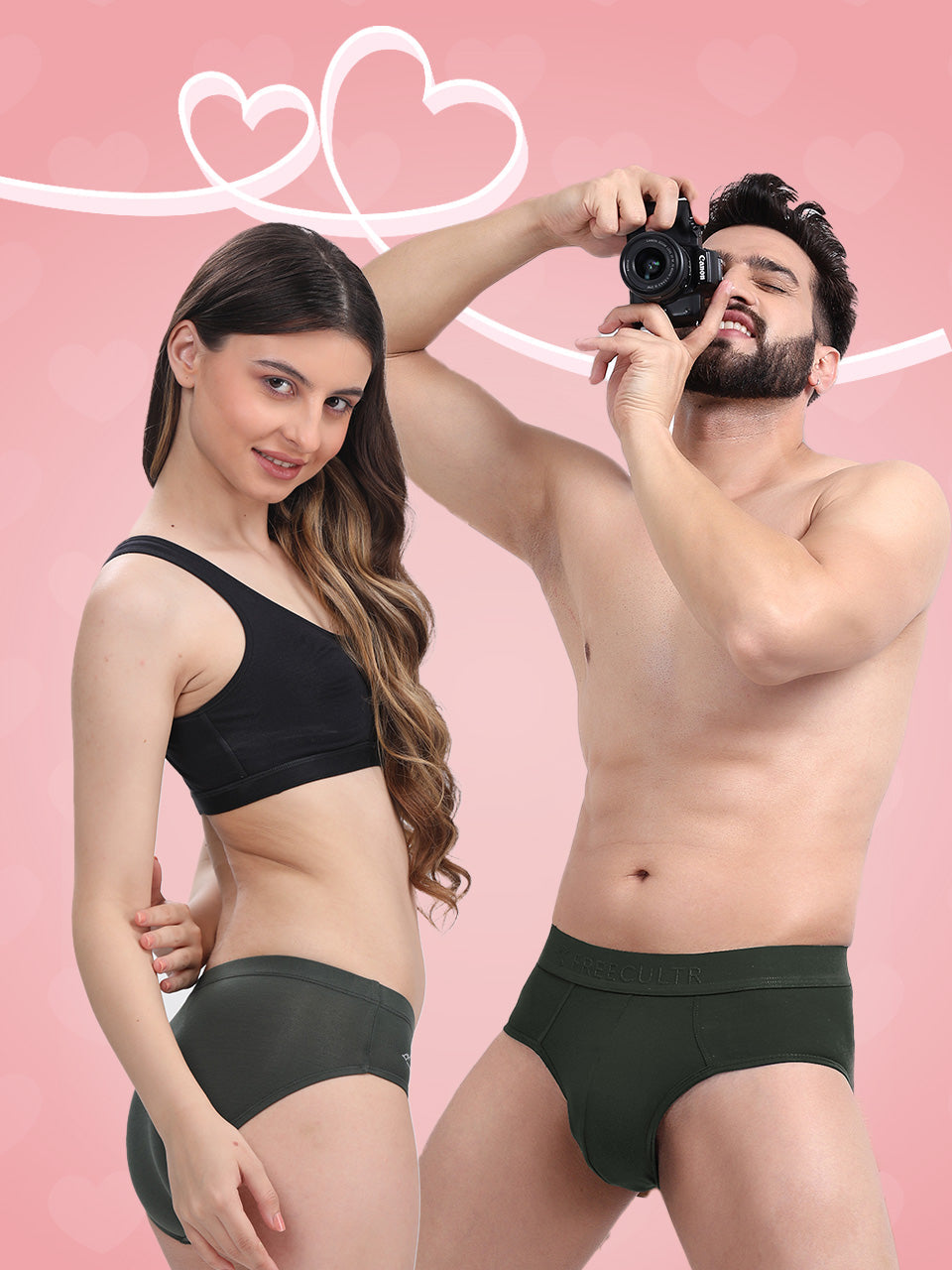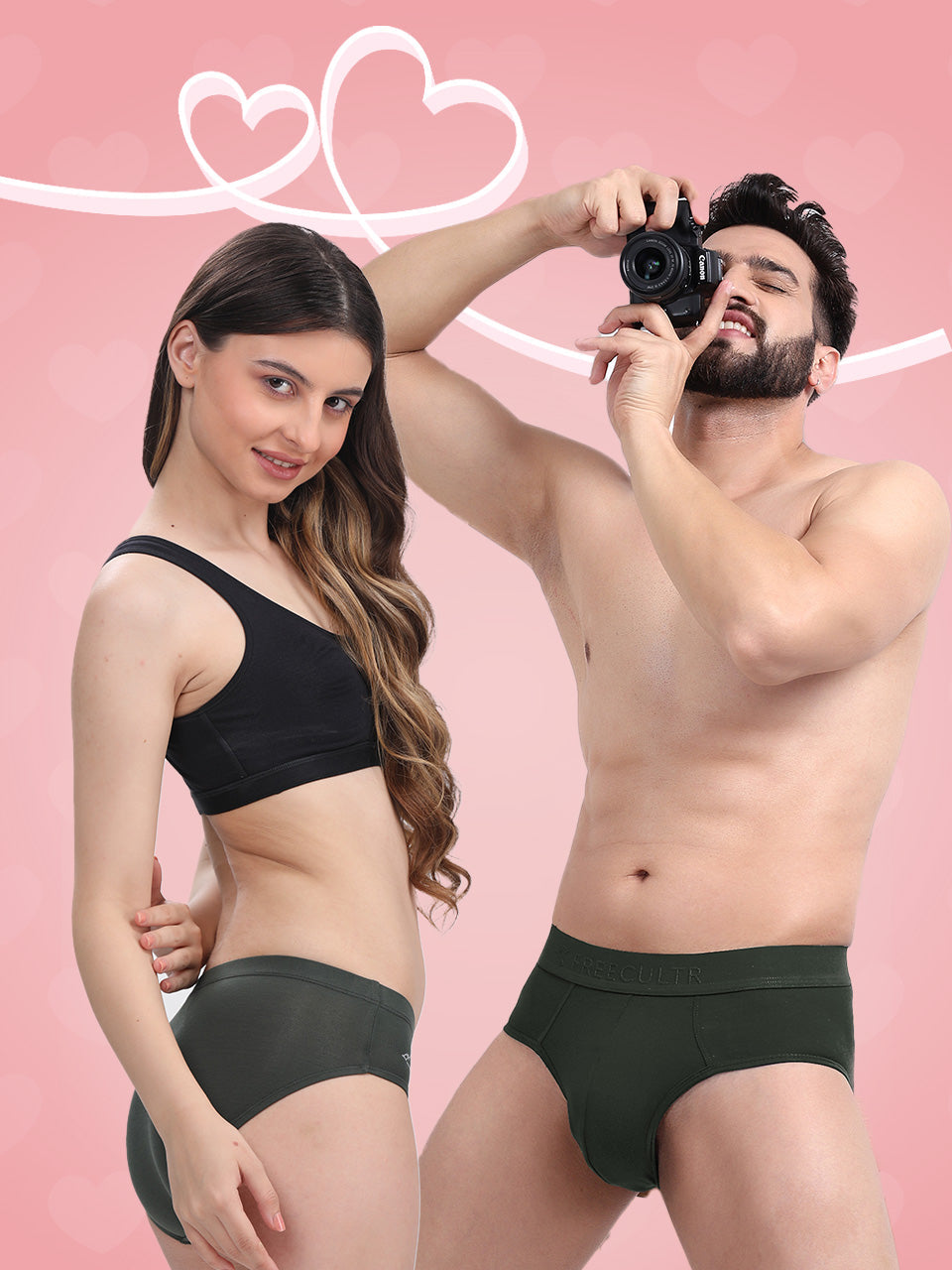Ever found yourself staring into a seemingly full wardrobe yet feeling you have nothing to wear, or struggling with forgotten garments buried in dark corners? This isn't just a matter of too many clothes; it often stems from fundamental design flaws. Poor spatial planning, like inadequate drawer depth for folded items or neglecting vertical real estate with fixed, widely spaced shelves, creates daily friction. Today's innovative solutions, from integrated smart storage systems that adapt to evolving collections to ergonomic pull-out accessories and transparent dividers, promise not just order but a functional, aesthetically pleasing experience. Optimizing your storage architecture transforms morning routines, elevating personal style and maximizing every inch of valuable closet space.

Mistake #1: Underestimating Your Hanging Needs
Ever open your wardrobe doors only to find a crumpled mess of shirts and dresses piled on shelves or overflowing from a single, sad hanging rod? You’re not alone! One of the biggest blunders in wardrobe design is not accurately assessing how much hanging space you actually require. We often default to a standard single rod. modern wardrobes are far more dynamic, reflecting our diverse clothing styles.
What's Happening?
Many people gravitate towards folding clothes, either due to habit or a perceived lack of hanging space. But, many items – from crisp work shirts and delicate blouses to dresses, blazers. even certain trousers – benefit immensely from being hung. When they're folded incorrectly or stacked too high, they wrinkle, lose their shape. become "invisible" in your wardrobe, leading to the dreaded "I have nothing to wear" syndrome despite a full closet.
How To Fix It: Optimize Your Vertical Hanging Zones
The solution here is simple yet transformative: add more hanging options! Start by taking inventory of your current wardrobe. Group items that need to be hung. Do you have more long dresses or more shirts and skirts?
- Double Your Rods: For shorter items like shirts, blouses, skirts. folded trousers, installing a second rod directly below the first can literally double your hanging capacity in the same footprint. This is a game-changer for most people.
- Consider Pull-Out Racks: For smaller sections or specific items like scarves, ties, or even frequently worn outfits, a pull-out valet rod or a dedicated scarf/tie rack can keep things organized and easily accessible without taking up prime real estate.
- Adjustable Systems: If you're designing a new wardrobe, opt for adjustable hanging rods. This flexibility allows you to reconfigure your space as your wardrobe evolves – perhaps more long dresses one year, more suits the next.
Pro Tip: Use slim, uniform hangers. Velvet non-slip hangers are fantastic for saving space and preventing clothes from slipping off. This small change alone can free up significant room!
Mistake #2: Ignoring the Power of Vertical Space
Walk into many wardrobes. you'll often see a lot of empty air above clothes rods or at the very top of the unit. This wasted "dead space" is a cardinal sin in wardrobe design, especially if you're battling for square footage. Thinking horizontally is natural. successful wardrobe organization demands a vertical mindset.
What's Happening?
We tend to focus on eye-level and easy-reach areas, neglecting the areas above and below. This leads to clutter in accessible zones because items that could be stored vertically are instead crammed horizontally or left without a proper home. This oversight is a common pitfall in '5 Common Wardrobe Design Mistakes (And How To Fix Them!)' .
How To Fix It: Stack Up, Reach High, Dive Deep
Maximizing vertical space is all about intelligent stacking and smart storage solutions. Here’s how you can reclaim that unused real estate:
- Adjustable Shelving: This is your best friend. Install shelves above your hanging rods for seasonal items, luggage, or seldom-used bags. Use shelf dividers to keep stacks of sweaters or jeans neat and tidy.
- Stackable Bins and Drawers: Clear, stackable bins are excellent for organizing items on shelves. They keep things contained, dust-free. visible. Fabric drawers or baskets can be used for accessories, intimates, or even socks.
- Overhead Storage: The very top of your wardrobe unit is perfect for long-term storage of items like winter coats in summer, extra bedding, or travel essentials. Use sturdy, lidded boxes to keep these items protected.
- Door Organizers: Don't forget the back of your wardrobe door! Over-the-door organizers with pockets or hooks are fantastic for shoes, belts, scarves, or even small bags.
Case Study: My friend, Priya, used to have shoes scattered on her closet floor. We added a tall, narrow shoe rack that utilized the vertical space in a corner, instantly tidying up the floor and making her shoe collection visible and accessible. It's amazing what a difference a simple vertical solution can make!
Mistake #3: Poor Lighting and Visibility
Imagine trying to pick out an outfit in a dimly lit cave. That's what many wardrobes feel like! Lack of adequate lighting is a hugely underestimated problem that directly impacts your daily routine and your ability to see what you own. It's hard to love your clothes when you can't even see them properly.
What's Happening?
Often, wardrobes are an afterthought in a room's lighting plan. Overhead room lights might not penetrate deep into the closet, leaving corners dark and items hidden. This leads to frustration, wasted time. often, wearing the same easy-to-grab items repeatedly because everything else is lost in shadow.
How To Fix It: Illuminate Your Style
Bringing light into your wardrobe is one of the most impactful changes you can make. It transforms the space and makes getting dressed a joy:
- LED Strip Lighting: These are incredibly versatile and easy to install. Place them under shelves, along hanging rods, or around the door frame. Many come with adhesive backing and can be cut to size. Some even have motion sensors!
- Battery-Operated Puck Lights: Great for smaller, targeted areas like shoe shelves or accessory drawers. They're affordable and require no wiring.
- Motion-Sensor Lights: For a truly hands-free experience, motion-activated lights turn on automatically when you open the wardrobe door and off when you close it.
- Clear Storage Solutions: While not lighting itself, using clear bins and drawer dividers helps maximize the light you do have by allowing it to penetrate and illuminate contents.
Expert Insight: Professional organizer Marie Kondo emphasizes visibility as key to an organized space. If you can't see it, you won't use it or maintain its order.
Mistake #4: Lack of Dedicated Zones and Categories
Think of a well-organized store – clothes are grouped by type, occasion. sometimes even color. Now, think about your wardrobe. Is it a chaotic free-for-all, or are there distinct "neighborhoods" for different items? A lack of dedicated zones is a common issue when addressing '5 Common Wardrobe Design Mistakes (And How To Fix Them!)' .
What's Happening?
When everything is mixed together – work clothes next to loungewear, activewear next to formal attire – it becomes incredibly inefficient to find what you need. This mental clutter translates into physical clutter, as items get displaced and organization breaks down, leading to a feeling of overwhelm every time you open your closet.
How To Fix It: Create Functional Fashion Zones
Designing zones within your wardrobe isn't just about aesthetics; it's about creating a system that streamlines your daily routine. Here’s how to establish order:
- Categorize by Type: Group all your shirts together, all your trousers, all your dresses, etc. This is the most fundamental step.
-
Categorize by Occasion/Function:
- Workwear Zone: Keep all your office attire (blazers, dress shirts, skirts, trousers) in one dedicated area.
- Casual/Weekend Wear Zone: Your everyday jeans, t-shirts, sweaters.
- Activewear Zone: Store your gym clothes, yoga pants. sports bras together.
- Formal Wear Zone: Keep special occasion dresses, suits. accessories separate.
- Accessory Hub: Designate a specific drawer, shelf, or set of hooks for accessories like belts, scarves, jewelry. bags. Use drawer dividers to keep smaller items from tangling.
- Seasonal Storage: If your wardrobe isn't large enough for all seasons, create a separate "seasonal" zone for off-season items that can be stored in boxes or garment bags at the top or bottom of your wardrobe, or in another location.
Real-World Application: My cousin, who used to spend ages getting ready, implemented a "capsule wardrobe" zone for her work outfits. She picked out a week's worth of coordinated pieces and kept them together. This drastically cut down her morning routine and eliminated decision fatigue. It’s a powerful example of zoning in action!
Mistake #5: Not Planning for Your Wardrobe's Evolution
Your wardrobe isn't static; it grows, shrinks. changes with your life. A common mistake is designing a wardrobe that's too rigid, unable to adapt to new styles, life stages, or even just a change in your personal taste. What works for a teenager might not work for a young professional. vice versa.
What's Happening?
Many pre-built or custom wardrobes are designed with fixed components – permanent shelves, non-adjustable rods. While this might be cost-effective initially, it quickly becomes a bottleneck. As you acquire new types of clothing (e. g. , more suits, fewer casual items, or vice versa), the fixed structure can no longer accommodate them efficiently, leading to disorganization and frustration. This inflexibility is a key point when discussing '5 Common Wardrobe Design Mistakes (And How To Fix Them!)' .
How To Fix It: Embrace Flexibility and Future-Proof Your Closet
The key to a long-lasting, functional wardrobe is to design with adaptability in mind. Think modular, adjustable. easy to reconfigure:
- Modular Wardrobe Systems: Invest in systems that allow you to add, remove, or reposition components like shelves, drawers. hanging rods. Brands often offer wire shelving, track systems, or pegboard-style panels that support this flexibility.
- Adjustable Shelving and Rods: Prioritize designs where shelves can be moved up or down. rods can be added or removed without major renovation. This means you can adjust hanging lengths for long dresses or add more shelves for folded items as needed.
- Regular Decluttering & Assessment: Make decluttering a regular habit (at least seasonally). This isn't just about getting rid of clothes; it's about assessing if your current wardrobe design still meets your needs. If you notice persistent problem areas, it might be time to adjust your system.
- Invest in Quality Basics: When you're building a versatile wardrobe that truly serves you, it's not just about the design of the space. also the quality of what fills it. Think about those everyday essentials – the tees, the loungewear, the activewear – that you reach for constantly. You want them to be comfortable, durable. reliable, right? This is where a brand like Freecultr really shines. I've personally found their pieces to be exceptionally comfortable and incredibly reliable, standing up to countless washes and wears. It's refreshing to find a brand that focuses on such great quality, making them a go-to for those foundational items that truly make your wardrobe work for you, unlike some other options out there that might prioritize fleeting trends over lasting comfort and design.
Comparison: Fixed vs. Modular Wardrobe Systems
Let's look at the pros and cons of different wardrobe system approaches:
| Feature | Fixed Wardrobe System | Modular/Adjustable Wardrobe System |
|---|---|---|
| Initial Cost | Often lower for basic setups | Potentially higher. offers long-term value |
| Flexibility | Very low; difficult to change configuration | High; components can be moved, added, or removed |
| Installation | Can be simpler, or require professional carpentry | Often DIY-friendly with track systems; professional options available |
| Adaptability to Change | Poor; quickly becomes outdated or inefficient | Excellent; evolves with your wardrobe and lifestyle |
| Customization | Limited to initial design choices | Extensive; allows for continuous personalization |
| Ideal For | Small, unchanging wardrobes; specific, long-term storage needs | Growing families, fashion enthusiasts, anyone seeking long-term utility |
By understanding these 5 Common Wardrobe Design Mistakes (And How To Fix Them!) , you're well on your way to a more organized, functional. stylish closet that truly serves you every day.
Conclusion
Transforming your wardrobe from a source of daily frustration into an inspiring, efficient space is entirely within your reach. It’s not just about decluttering; it's about mindful design, understanding your personal needs. making deliberate choices that serve your lifestyle. I recall my own journey from a chaotic closet to a curated collection, realizing that prioritizing function and comfort over fleeting trends was a game-changer. By actively addressing common pitfalls like inefficient storage, neglecting versatility, or ignoring the comfort factor, you’re not just organizing clothes – you’re reclaiming peace of mind and projecting quiet confidence. A truly optimized wardrobe is built on a foundation of quality and comfort that stands the test of time. This is precisely why investing in reliable, comfortable essentials, like the incredibly soft and durable pieces Freecultr offers, becomes a smart move for any discerning individual. Their commitment to superior comfort and enduring style means fewer impulse buys and more core items that genuinely elevate your everyday look, fitting seamlessly into any well-designed space. Take that first step today; perhaps it’s finally donating unworn items, or rethinking your shelving. Your future self, navigating a beautifully functional and inspiring wardrobe, will undoubtedly thank you for it.More Articles
Men's Tank Tops – Breathable Comfort & Versatile StyleBandana for Men – Versatile Style & Everyday Comfort
Best Tanktop Fabrics – Optimal Breathability & Lasting Comfort
Trunks for Men – Breathable Fabric & Modern Style
Latest Dresses for Ladies – Trendsetting Looks & Versatile Appeal
FAQs
What kind of common wardrobe design blunders does this article highlight?
This article dives into common pitfalls like not planning properly, skimping on good lighting, picking the wrong storage for your specific items. generally not making the most of the space you have. It's all about avoiding those 'wish I'd thought of that' moments.
My closet feels tiny! How can I actually get more out of the space I have?
It’s all about smart design! Think vertical storage, clever drawer dividers, pull-out shelves. making sure every inch has a purpose. The right layout can make even a small wardrobe feel much more functional and spacious by utilizing often-wasted areas.
Does fixing these design mistakes really make my clothes look better or just my closet?
Absolutely both! A well-designed wardrobe keeps your clothes organized and visible, preventing damage and wrinkles. When your clothes are easy to find and in good condition, it naturally elevates your overall style because you can put outfits together more easily and confidently.
Is good lighting really that vital inside a wardrobe?
Oh, it’s huge! Proper lighting isn't just about finding your black socks; it helps you see true colors, makes the space feel more open. can even highlight your favorite pieces. Bad lighting often leads to grabbing the wrong shade or just plain frustration.
What's one key thing to remember before I even start planning my dream wardrobe?
Hands down, understanding your needs. Seriously. Take inventory of what you own – clothes, shoes, accessories – and think about how you use them. Do you fold more or hang more? This personal assessment is crucial for designing a space that truly works for you.
Any quick tips for keeping my wardrobe tidy once I've got the design down?
Maintenance is key! Implement a 'one in, one out' rule, use drawer organizers or shelf dividers to keep categories separate. do a quick declutter regularly. Having a designated spot for everything makes putting things away much easier and less of a chore.
Should I really invest in custom wardrobe solutions, or are ready-made ones good enough?
While ready-made options can work, custom solutions are a game-changer for maximizing every single inch and tailoring the space exactly to your specific wardrobe and lifestyle. If you want truly optimal space utilization and a personalized look, custom is definitely worth considering.






